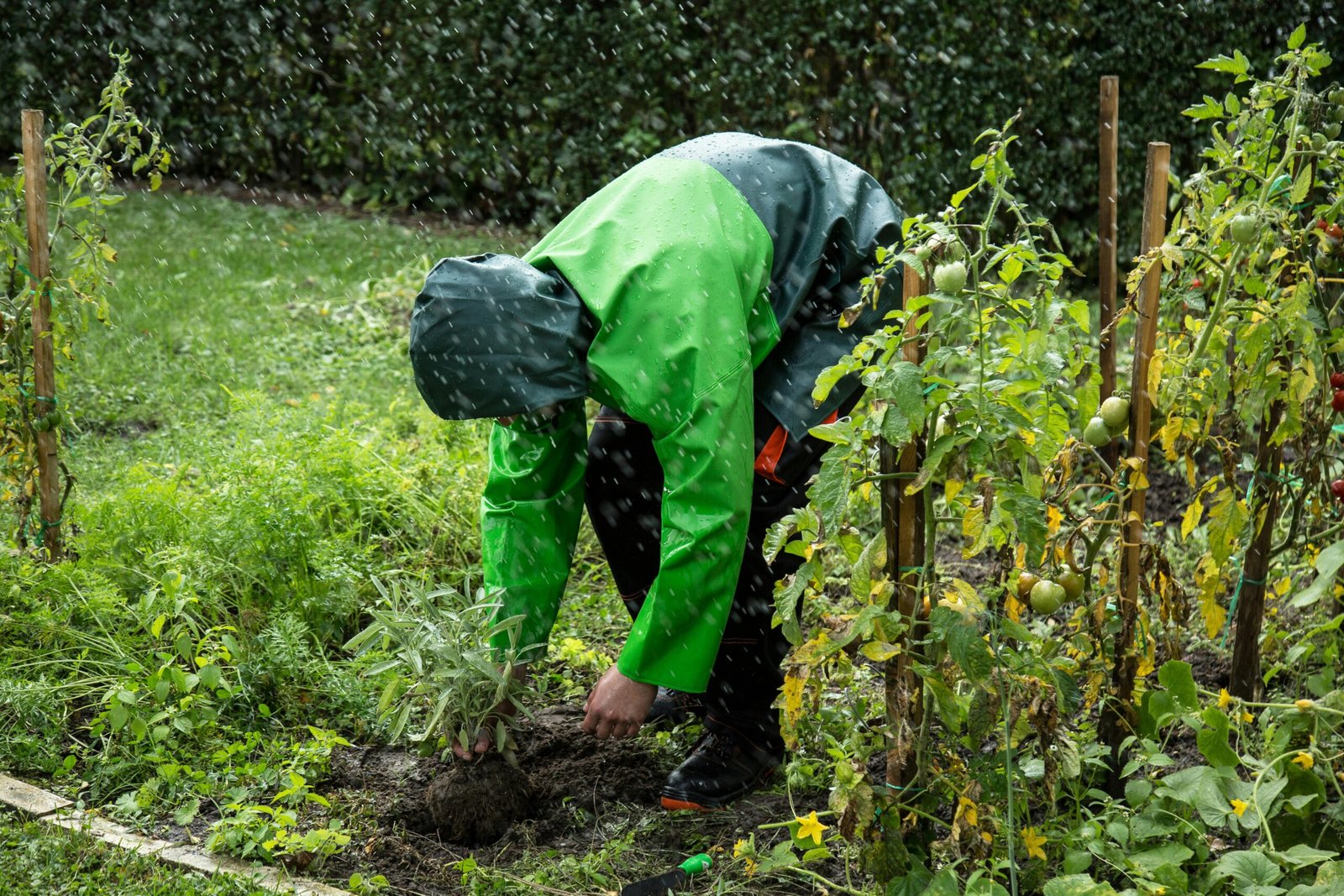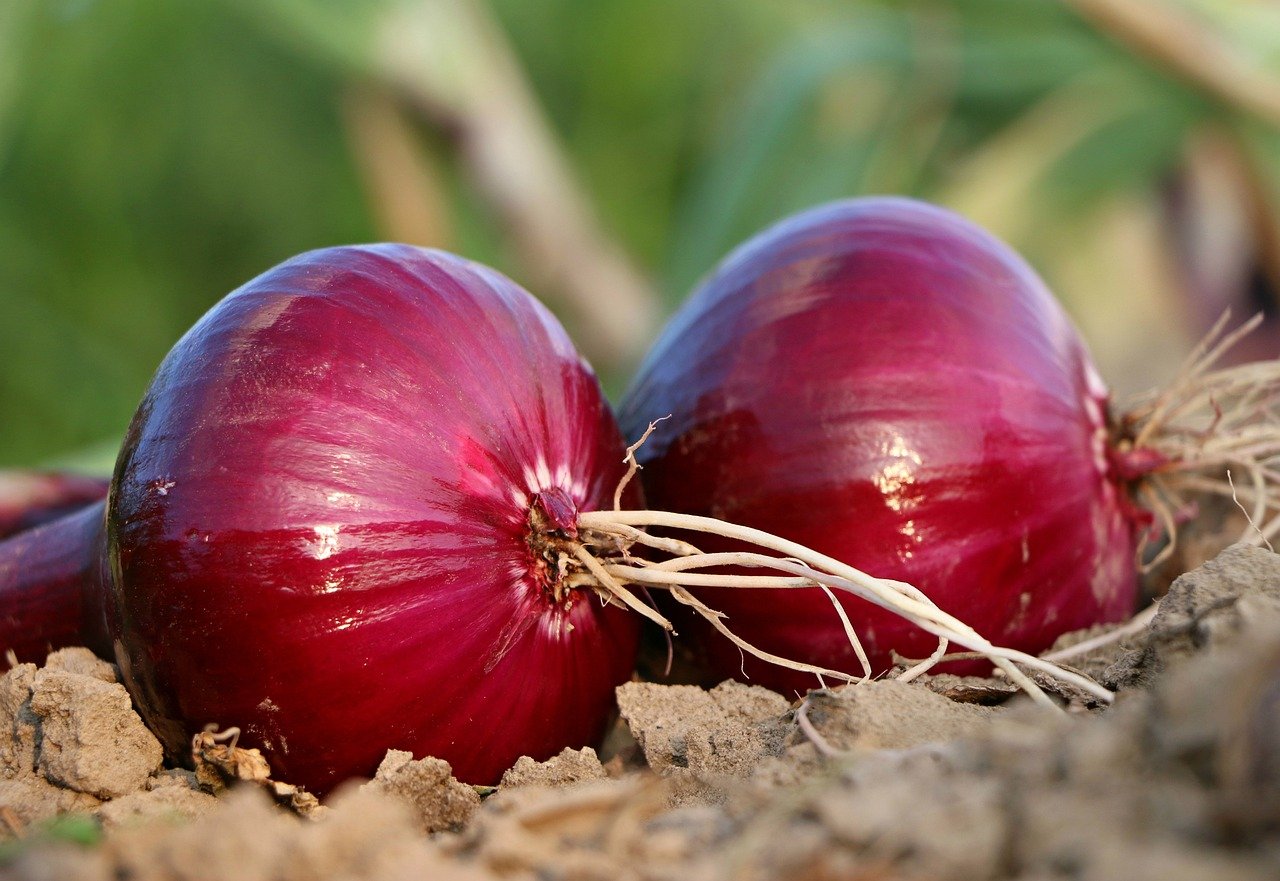By AgriGanda – Kampala, Uganda
Tomato (Solanum lycopersicum) is one of the most widely grown vegetables in Uganda due to its high market demand and profitability. However, achieving consistent yields requires the use of scientifically proven agricultural practices. This guide outlines key steps to help farmers grow tomatoes efficiently and profitably.
⸻
1. Seed Selection and Quantity
Choosing the right hybrid variety is critical. For open-field production:
• Recommended seeds: Disease-resistant hybrid varieties (e.g., BUJA F1)
• Seed rate: Approximately 100–120 grams per acre
• One gram contains around 250–300 seeds, so one acre needs about 25,000–30,000 seeds
⸻
2. Nursery Establishment and Transplanting
• Raise seedlings in a nursery for 3–4 weeks
• Use a sterilized, well-drained medium (soil:sand: compost in a 1:1:1 ratio)
• Transplant when seedlings have 4–5 true leaves
Spacing:
• Between rows: 75–100 cm
• Between plants: 30–50 cm
• Approximate plant population: 10,000–14,000 plants per acre
⸻
3. Fertilization (Nutrient Management)
Basal Application:
• Apply DAP (Di-Ammonium Phosphate) at planting: 100–150 kg/acre
Top Dressing:
• Apply CAN or Urea in two splits:
• First split: 2–3 weeks after transplanting
• Second split: Just before flowering
• Use NPK 17:17:17 or 20:10:10 during vegetative stage
• Apply Calcium Nitrate and Potassium Sulphate during fruiting to prevent blossom end rot and improve fruit quality
Organic Option: Use well-decomposed farmyard manure (5–10 tons/acre) before transplanting
⸻
4. Irrigation Techniques
Tomatoes need consistent moisture throughout the growing cycle:
• Recommended method: Drip irrigation for water efficiency and disease control
• Alternative: Furrow irrigation (with good drainage)
• Avoid overhead irrigation to reduce foliar diseases
Water requirement: ~600–800 mm per season
Frequency depends on soil type and climate (2–3 times/week in dry weather)
⸻
5. Pest and Disease Management
Common Pests:
• Tomato Leafminer (Tuta absoluta)
• Whiteflies
• Aphids
• Cutworms
Control:
• Use Pheromone traps and yellow sticky traps
• Apply insecticides such as:
• Emamectin benzoate
• Spinosad
• Imidacloprid (systemic)
Common Diseases:
• Early blight (Alternaria)
• Late blight (Phytophthora)
• Bacterial wilt
• Tomato Yellow Leaf Curl Virus (TYLCV)
Control:
• Use fungicides such as:
• Mancozeb
• Copper oxychloride
• Metalaxyl + chlorothalonil
• Remove and destroy infected plants
• Practice crop rotation (avoid planting after potatoes or eggplant)
⸻
6. Staking and Pruning
Staking improves air circulation, reduces disease, and enhances fruit quality.
• Use vertical wooden or bamboo stakes
• Start staking 2–3 weeks after transplanting
• Prune suckers weekly to maintain a single or double-stem system
⸻
7. Harvesting and Post-Harvest Handling
• Begin harvesting 70–90 days after transplanting, depending on the variety
• Harvest at mature green or breaker stage for transport
• Use clean crates; avoid overstacking
• Store at 12–15°C with moderate humidity for best shelf life
⸻
Conclusion
Proper tomato farming is a science that involves precision in seed selection, spacing, fertilization, irrigation, and pest management. At AgriGanda, Kampala–Uganda, we are dedicated to equipping farmers with premium inputs and expert guidance to boost tomato productivity sustainably and profitably.
For training, inputs, or agronomic support, contact AgriGanda – your partner in smart agriculture.



